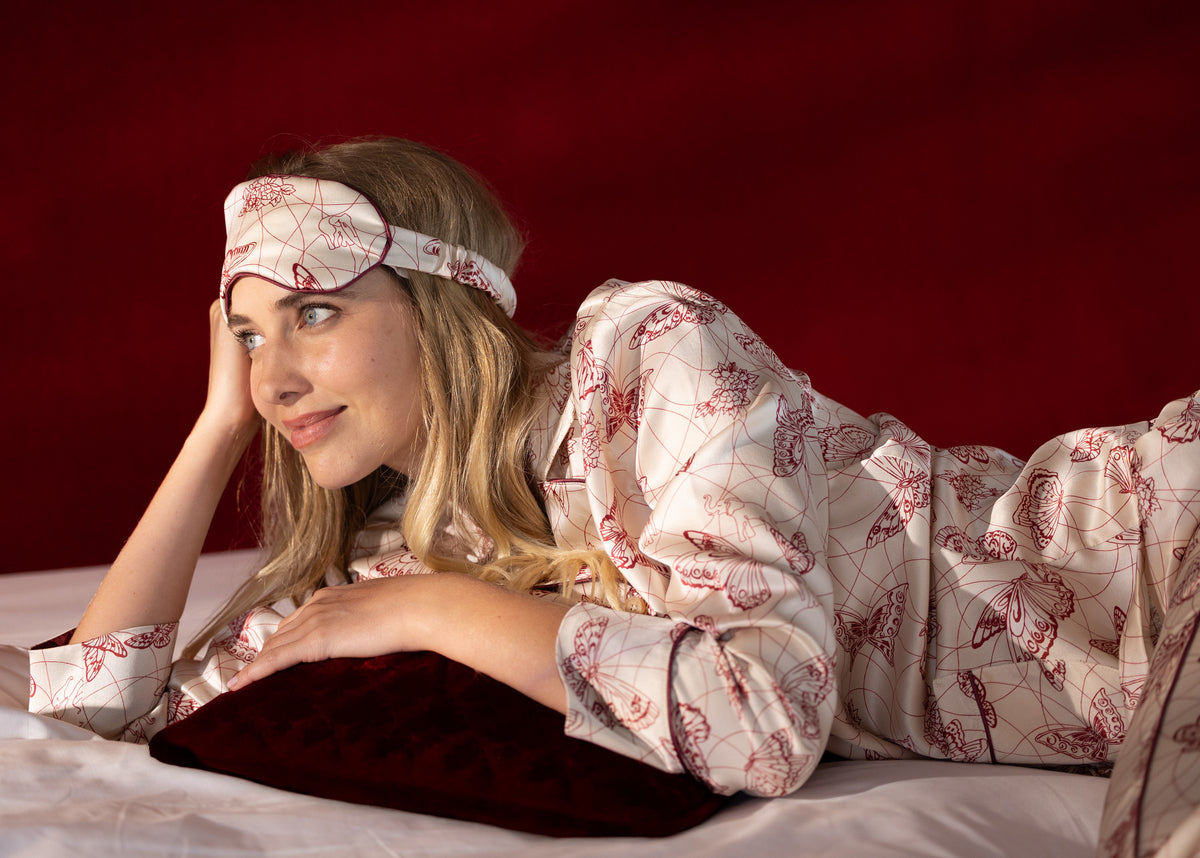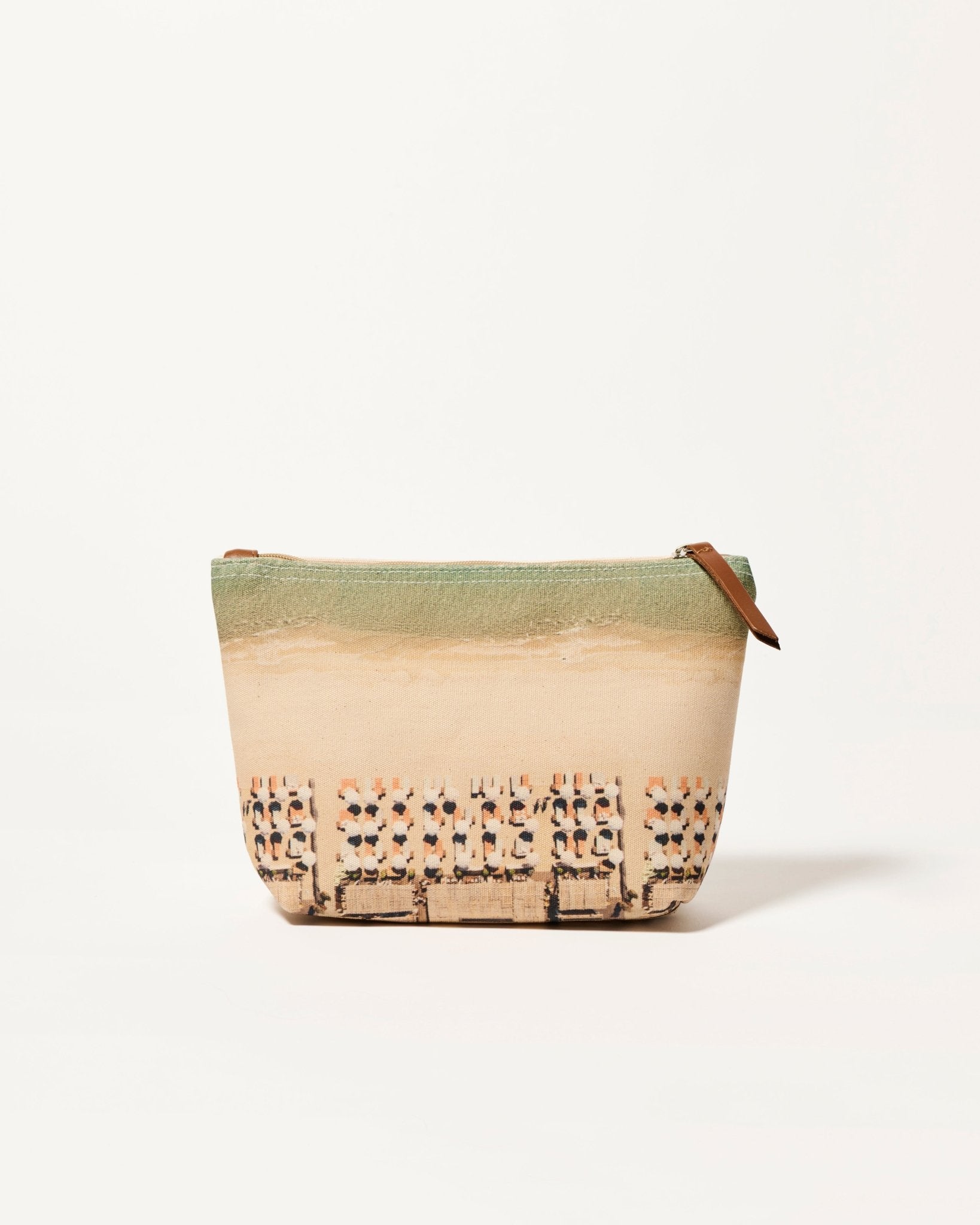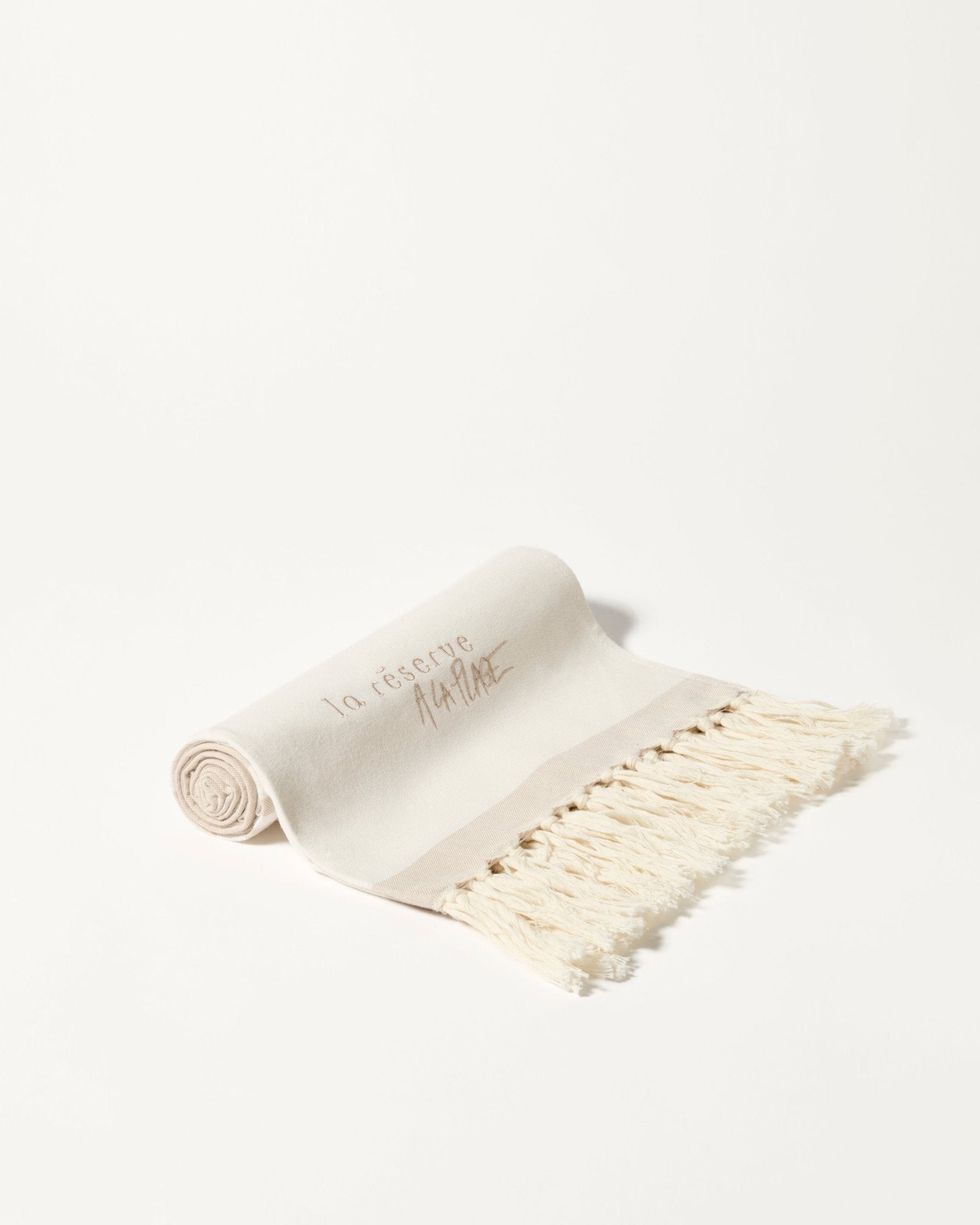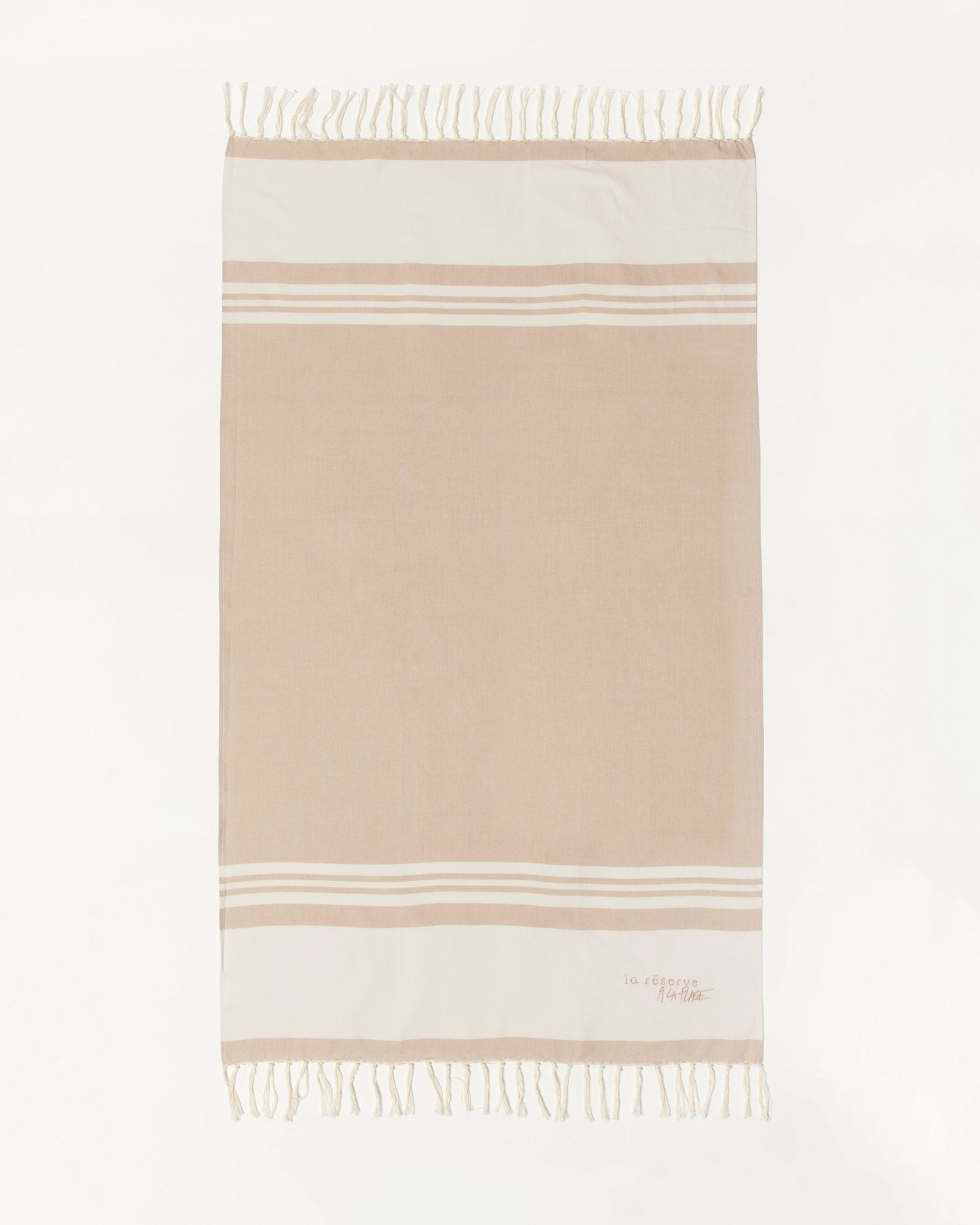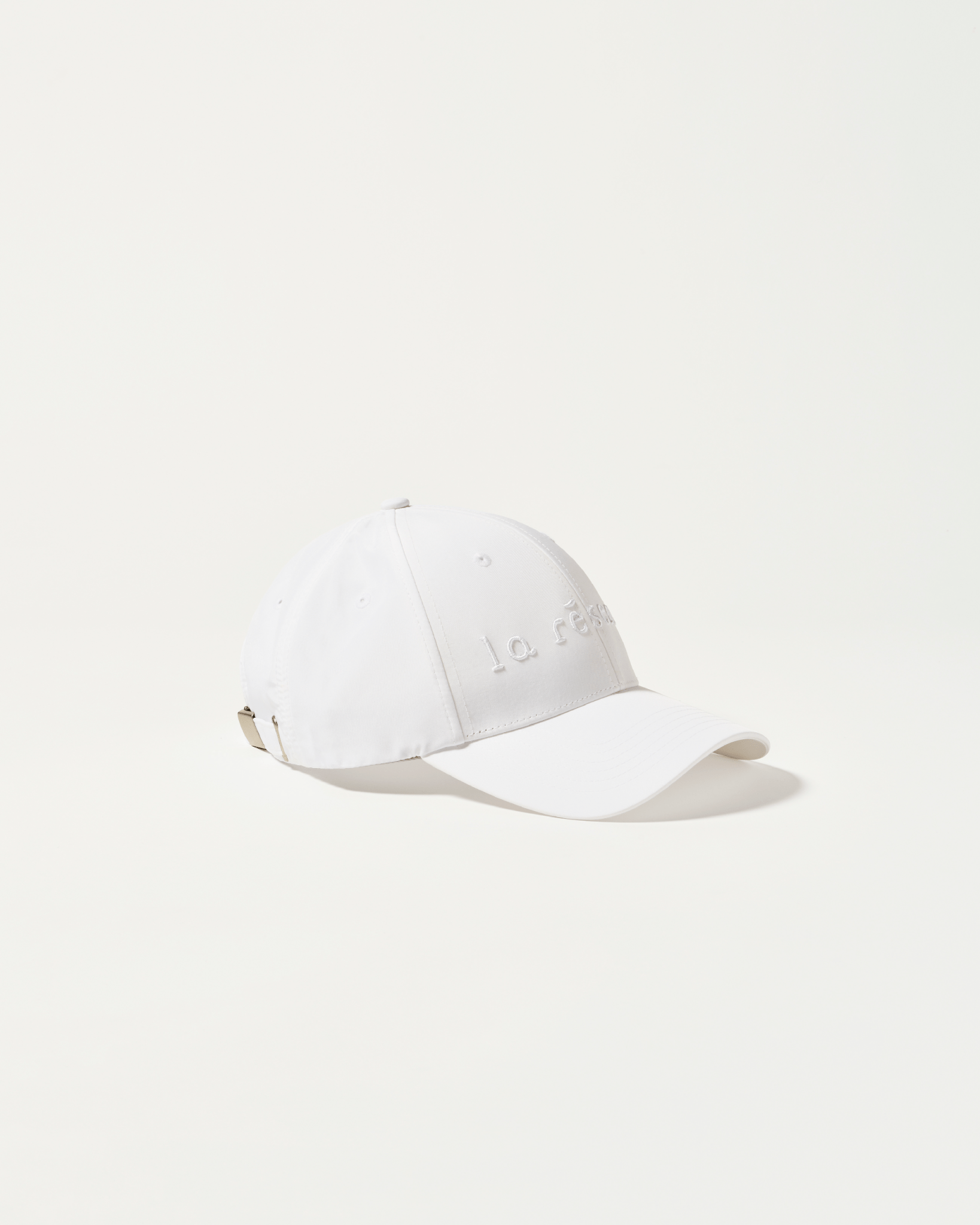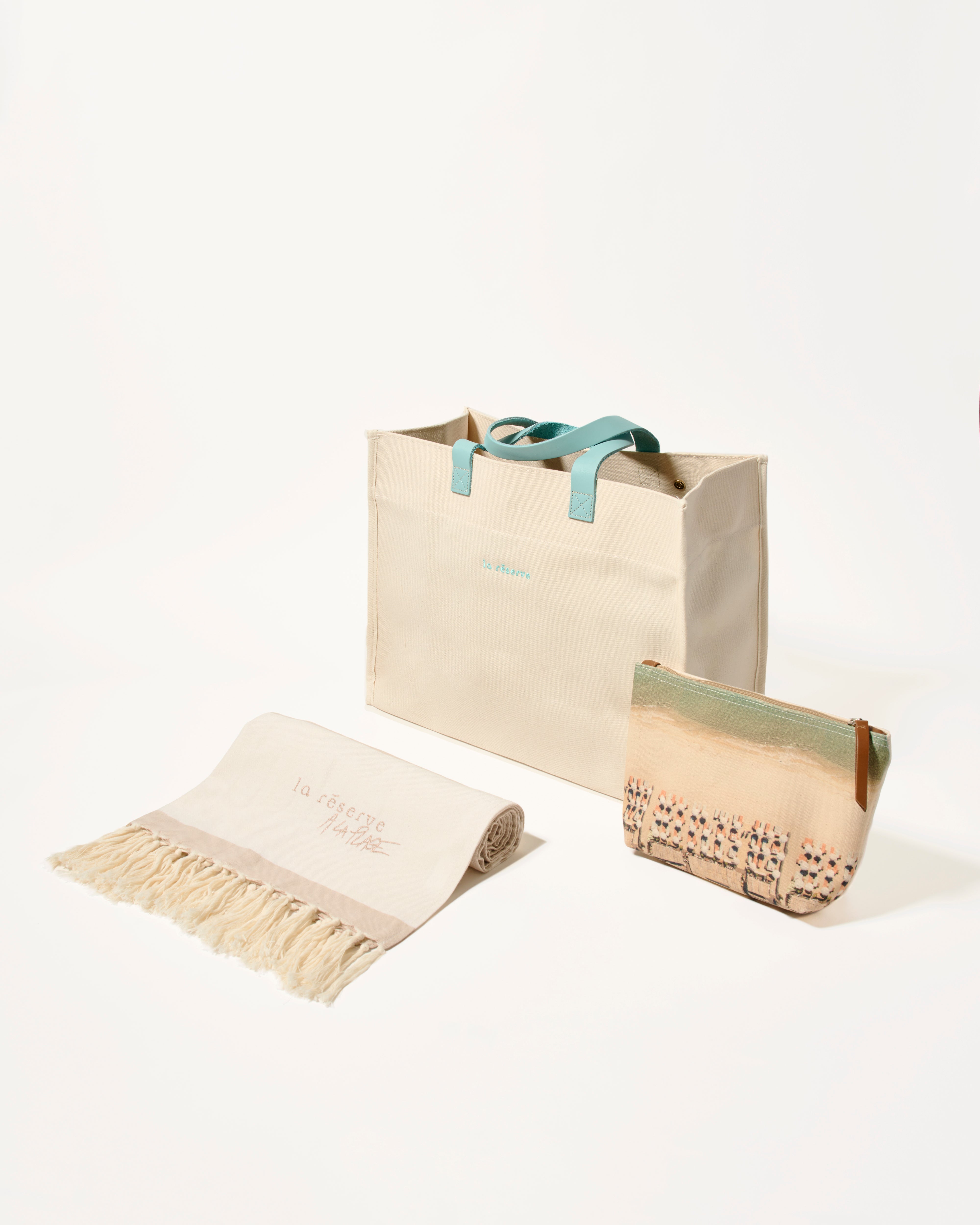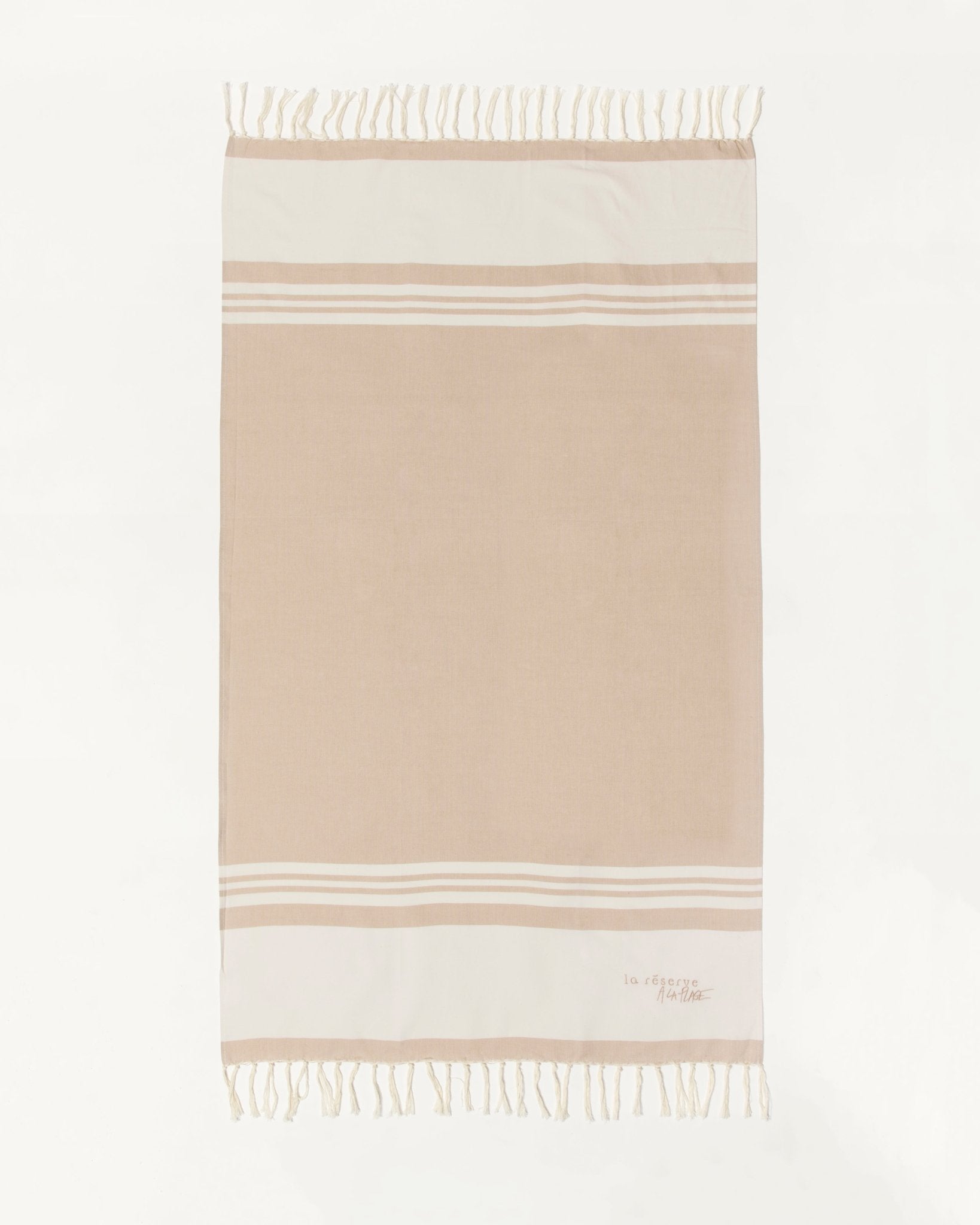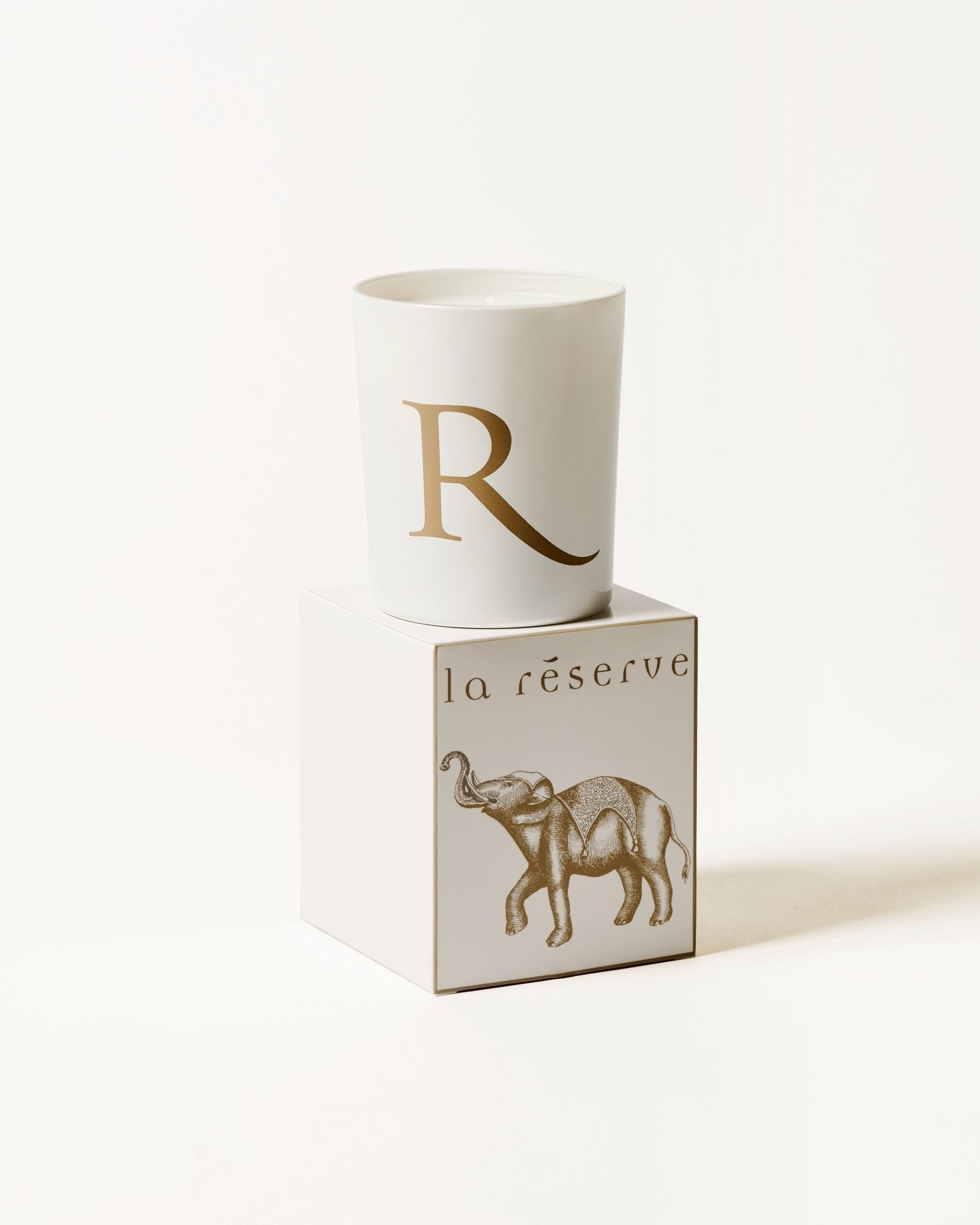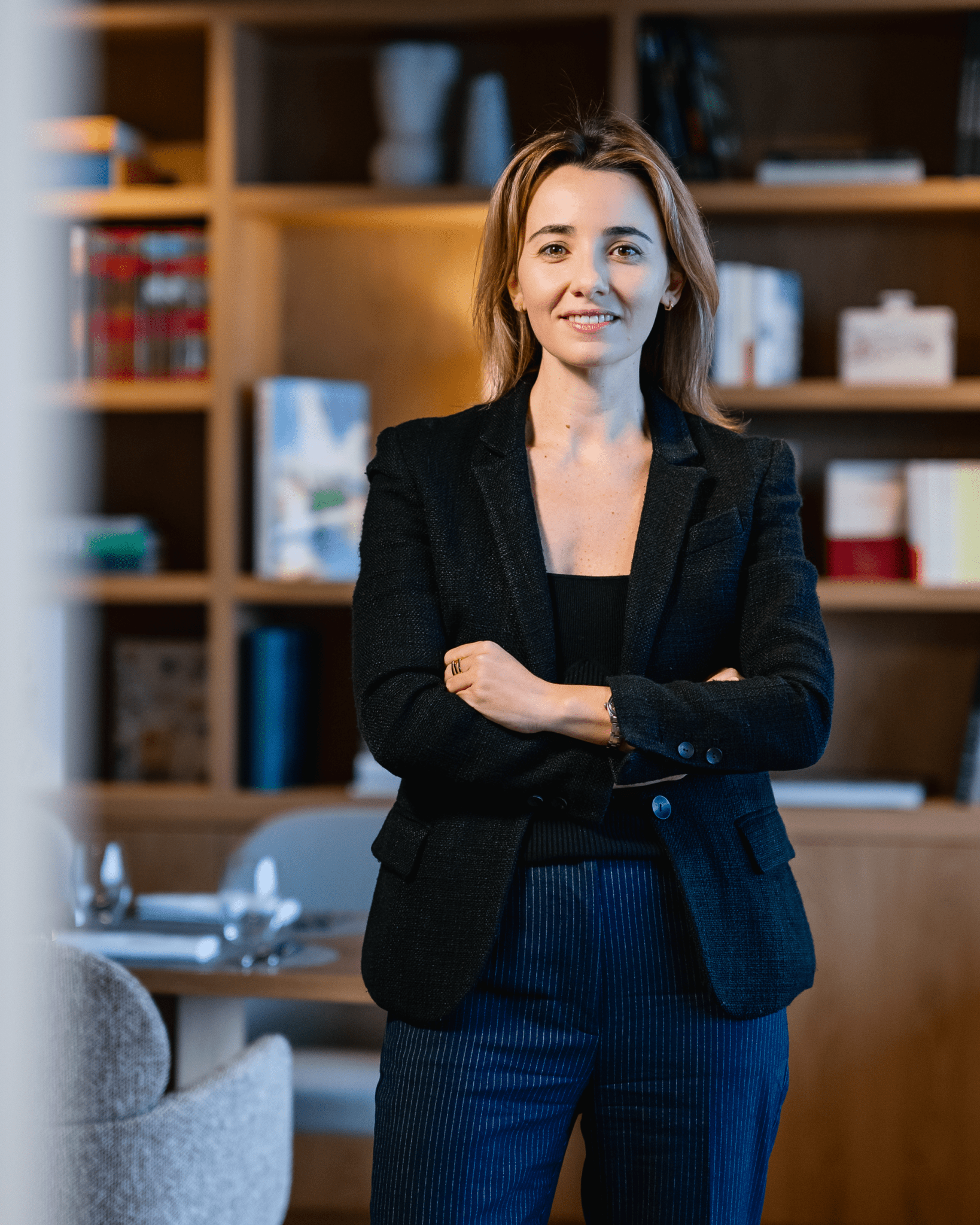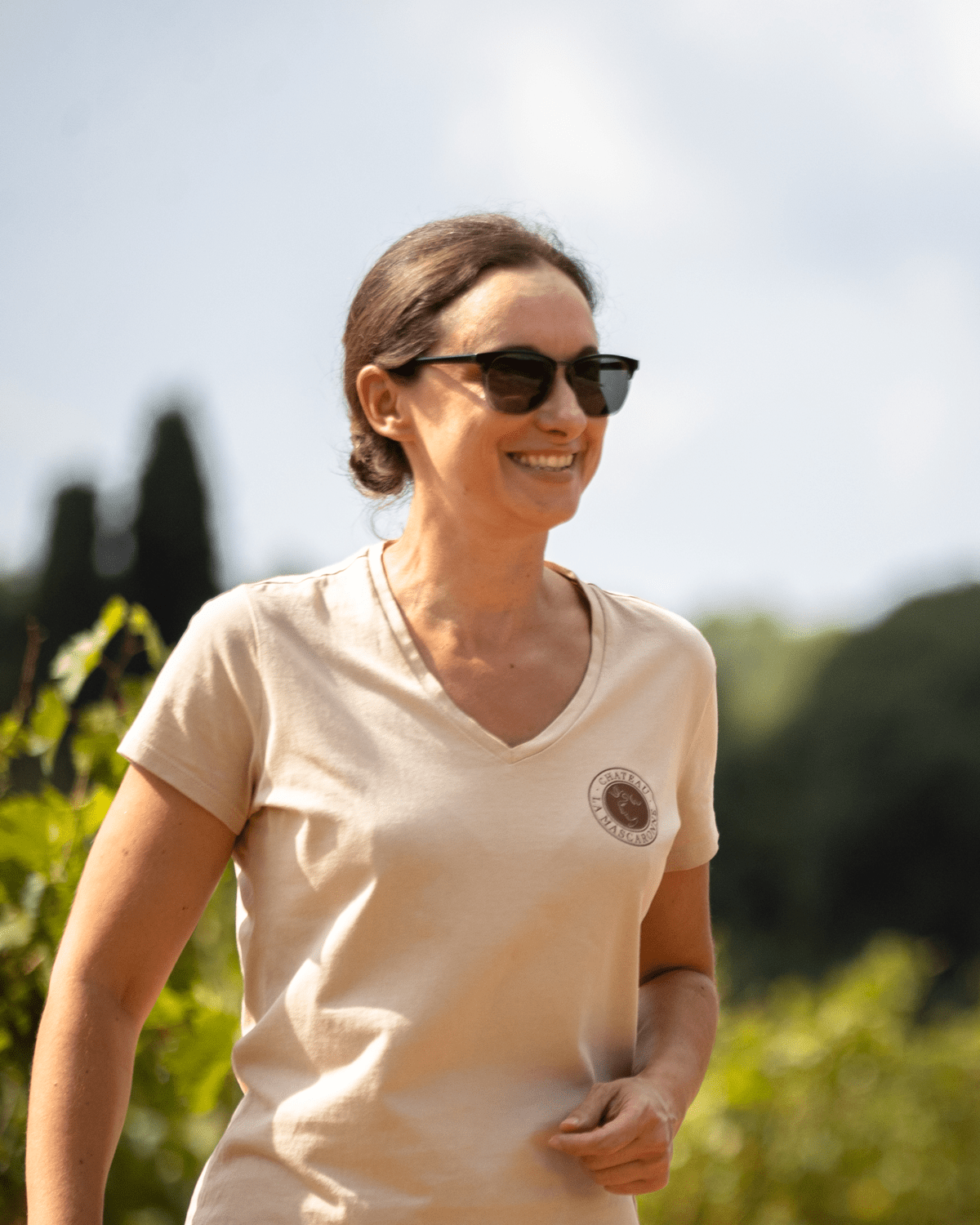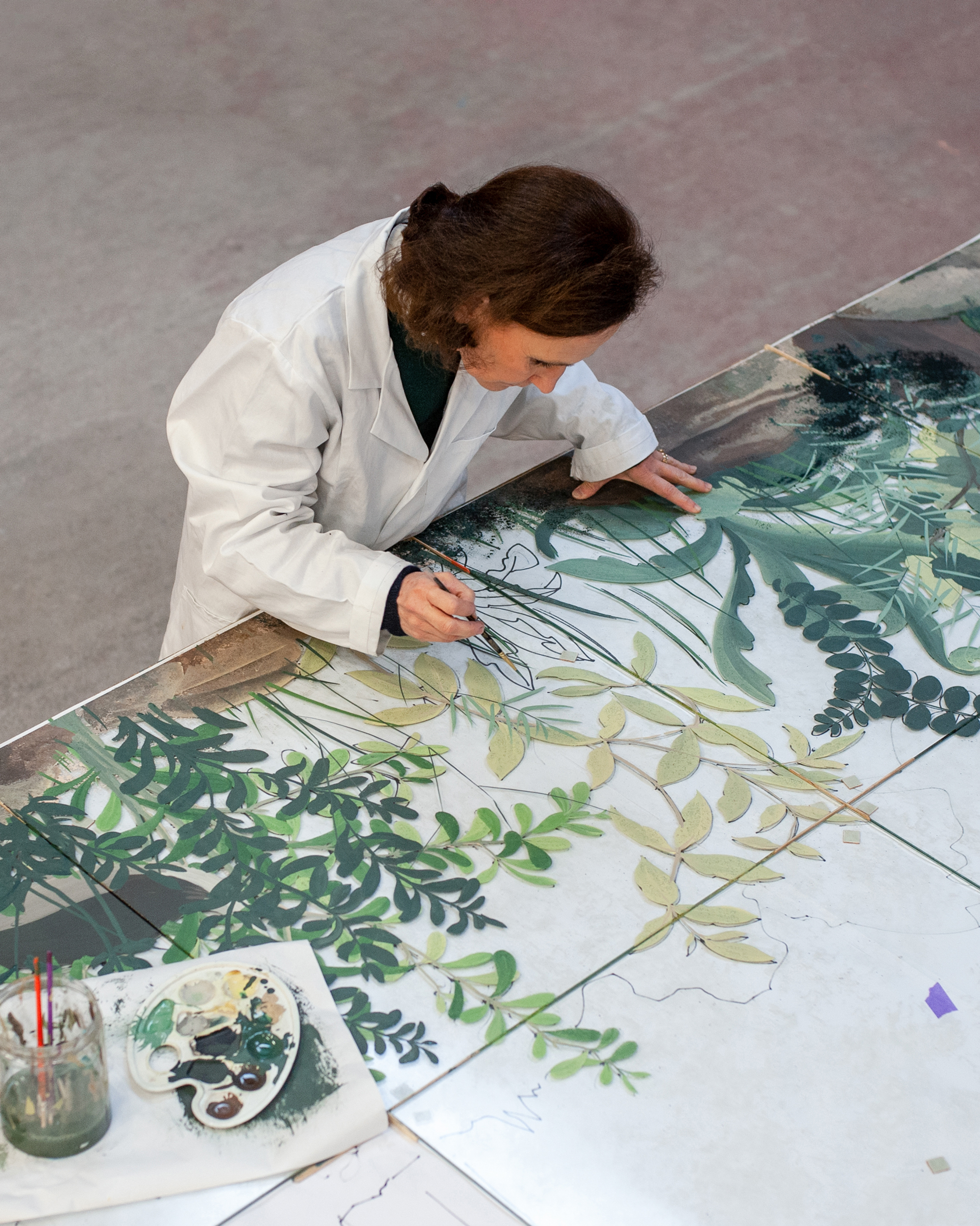
Conversations
The women shaping La Réserve
Delphine Nény, Painter and interior decorator
Meilleur Ouvrier de France and Maître Artisan, she has been preserving the art of decorative painting for over 35 years, through trompe-l'œil and wall murals. Her brushwork has left its mark from Italian palaces to La Réserve Ramatuelle, where she designed inspired works that blend heritage with creation.
Portrait Credits ©️Marc-Antoine Mouterde / ©️fondationremycointreau
Could you tell us about your professional journey?
My career began in a fairly traditional way. I first obtained a Baccalaureate in Literature and Arts, followed by a preparatory course for art schools. Just as with top business schools, gaining entry to a prestigious art school often requires preparatory training. I attended a school called the Académie Roederer, which, unfortunately, no longer exists - it was 35 years ago. The academy was founded by a descendant of the Roederer family.
I then joined the Beaux-Arts de Cergy-Pontoise, where I studied for three years. However, I soon realized that this path wasn’t the right fit for me. I couldn’t envision myself as an independent artist, I didn’t want to live the "artist’s life." That’s when I decided to explore craftsmanship instead.
I enrolled in the Cours Renaissance School of Decorative Painting, where I learned the art of wall painting—murals, trompe-l'œil, faux finishes, and the restoration of historical decorative elements. That’s where my professional journey truly began.
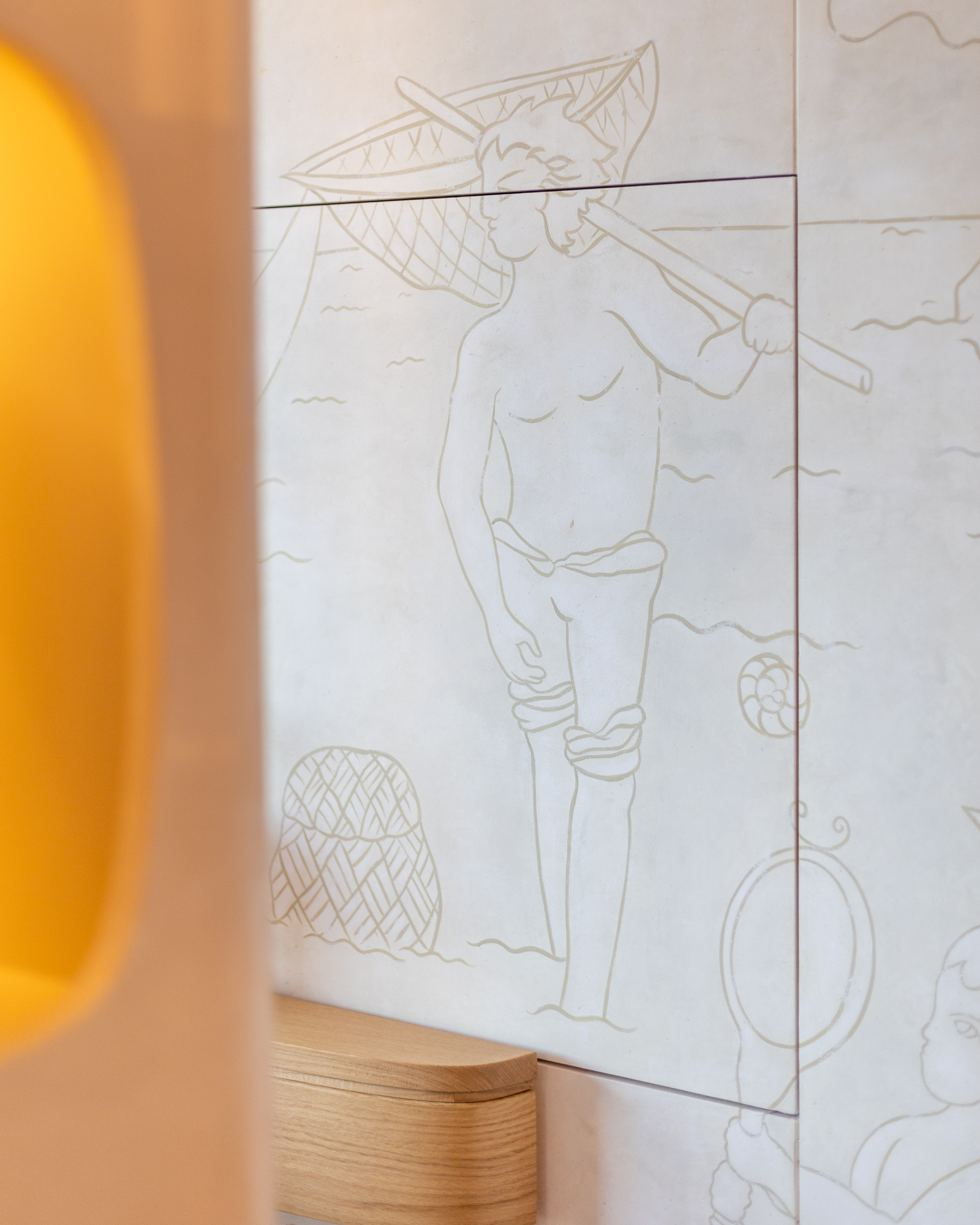
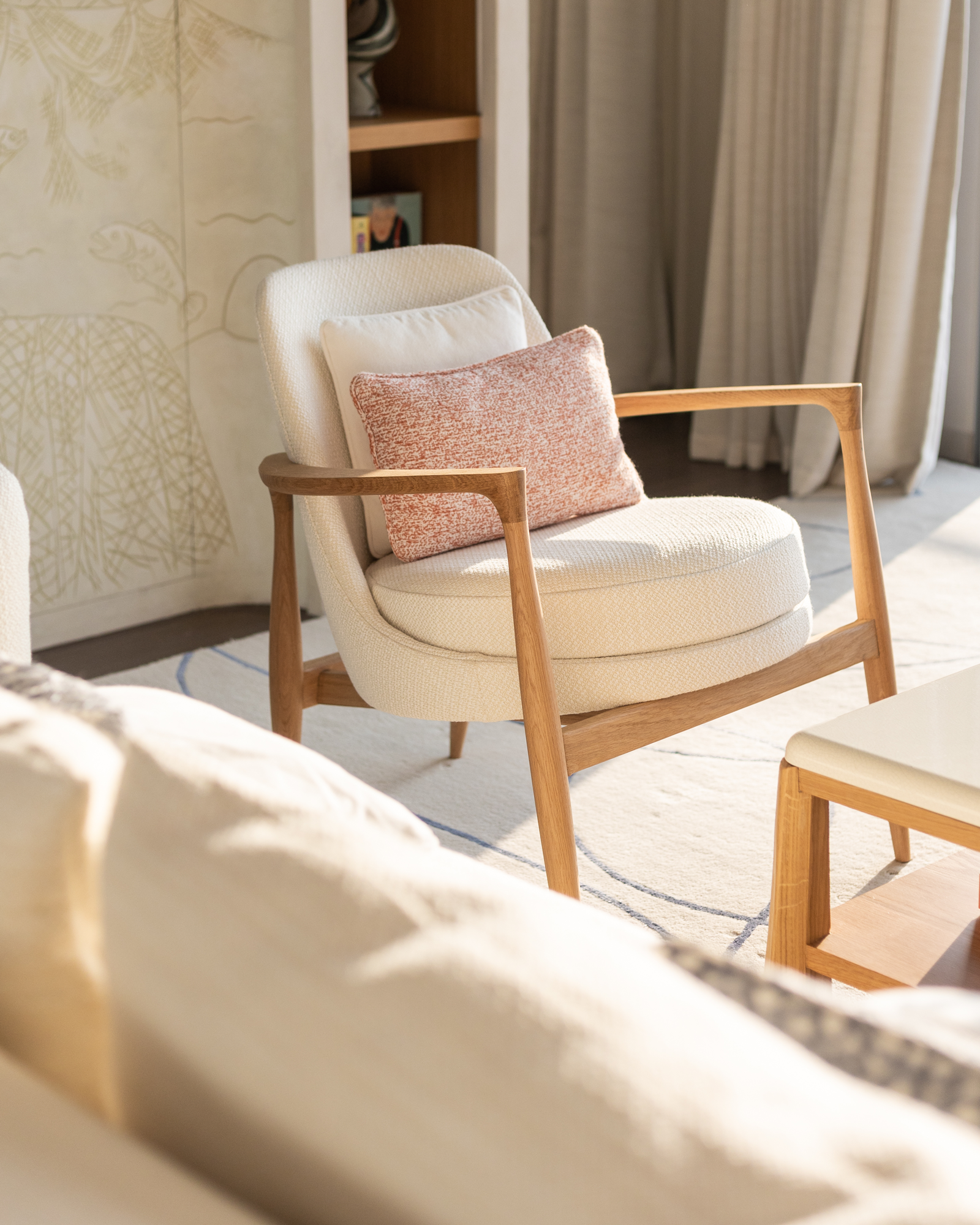
You collaborated with La Réserve Ramatuelle, specifically on the frescoes in the guest rooms and staircase. What did this experience mean to you?
For La Réserve, our collaboration lasted four years. I worked closely with Benoît Déclos, and it was truly an exceptional project. Even though we were only on-site for a month each spring, it remains one of the most seamless projects I’ve ever been a part of, both in terms of working with the client and the teams. Everything flowed effortlessly from start to finish. Each year, we returned eagerly, even though it meant being away from our families for three to four weeks. But honestly, we were so well taken care of with comfortable accommodations, great hospitality—it made a big difference.
For the La Réserve staircase, the inspiration came from Jean Cocteau’s drawings. We referenced a chapel in Provence that featured botanical illustrations, which we then adapted into a unique concept. For the guest rooms, there were four distinct themes, including elements inspired by the sea and scenes from the South of France.
I primarily collaborate with interior designers. They provide the initial concept, and from there, I create drawings, sketches, and proposals. There’s always a clear creative direction from the start.
"The inspiration came from Jean Cocteau’s drawings. We referenced a chapel in Provence that featured botanical illustrations."
What are the major projects that have defined your career and helped you earn the prestigious title of Meilleur Ouvrier de France in decorative painting?
I’m fortunate to be involved in incredible projects, many of which have come through Jacques Garcia in recent years. He has been a key figure in my career.
I first met Mr. Garcia when I was working at a company involved with Hotel Costes. At that time, I’d often think, “If only he would notice me!” but I was invisible to him. Then, in 2019, I was invited to Sicily for a project, unknowingly for one of his friends, Jean-Louis Remilleux, a television producer known for Secrets d’Histoire.
Jean-Louis had purchased a palace in Sicily and asked me to help restore it. I spent almost a year there, and during that time, Mr. Garcia came to visit. Jean-Louis told me, “Once my project is done, I’ll make sure you work him.” True to his word, after the project ended, I had the chance to dine with Mr. Garcia, who immediately offered me new projects. It’s not easy to reach him directly, as many would love to work with him, but he prefers to discover talent on his own.
This was the start of our collaboration, and over time, he entrusted me with exceptional projects. Thanks to him, I’ve worked on prestigious locations, including La Réserve. While I do work with other designers, Mr. Garcia is my most frequent partner. These projects are fascinating, each one extraordinary, and they’ve been incredibly fulfilling.
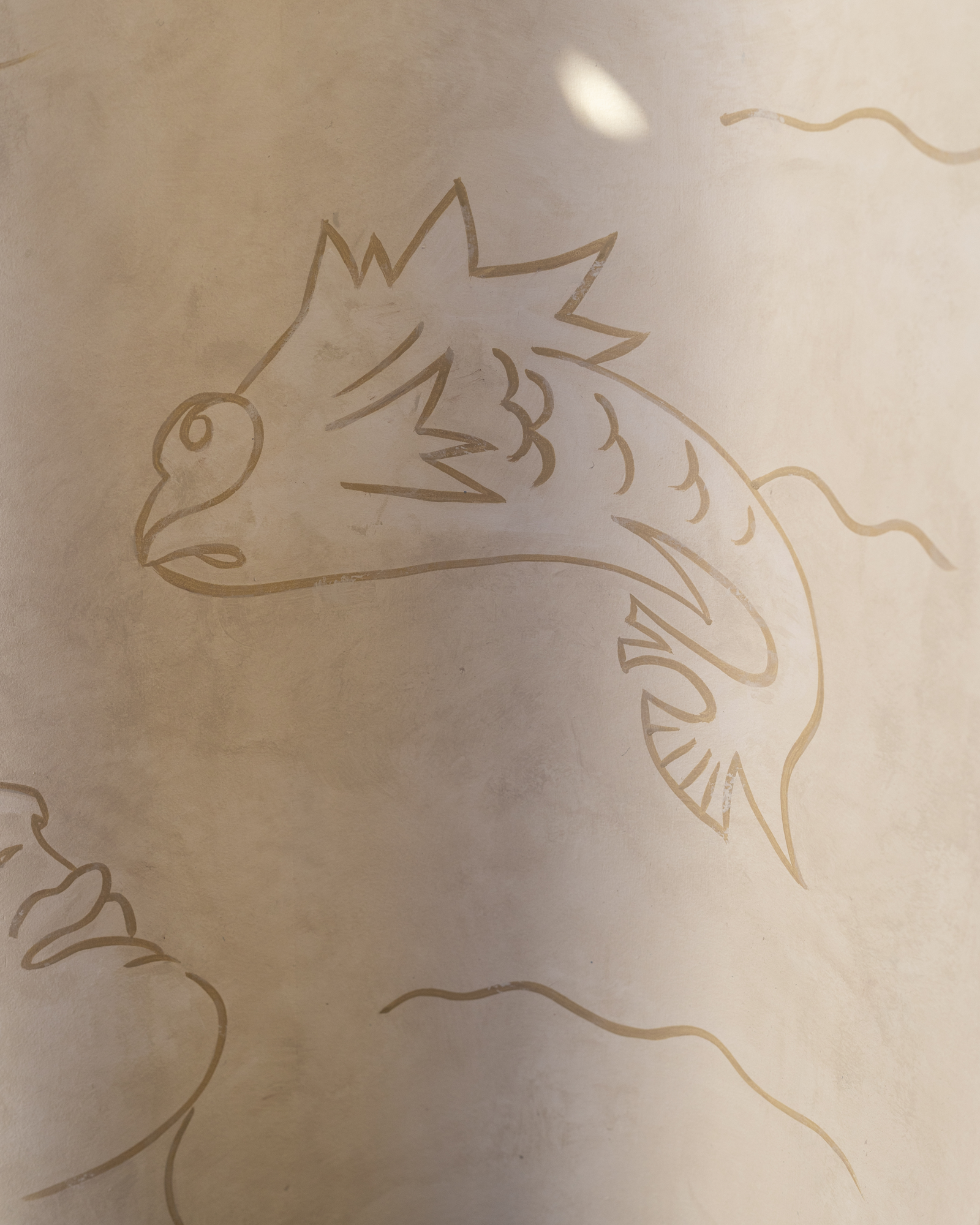

What do you enjoy most about working with designers and on hospitality projects rather than creating independently in your studio?
I thrive on collaboration. I’m not someone who enjoys working alone – I excel in a team dynamic. Working with designers is fast-paced; they have a clear vision and know exactly what they want. On the other hand, private clients often take more time. They tend to hesitate, experiment, and sometimes struggle to articulate their ideas. Designers, however, are decisive, which makes the process smoother and more efficient. An incredible aspect of my job is that it allows me access to extraordinary spaces. I work in breathtaking locations that most people will never see. What’s even more rewarding is leaving a lasting impression on these places. My work becomes embedded in these exceptional settings, and that is awesome.
What are your thoughts on the role of women in the art and design industry today?
It’s fascinating. When I first started, decorative painting was primarily seen as a trade within the construction industry, and there were no women. In my first company, there were 20 decorators, and I was the only woman. But today, that has completely shifted – it’s now a field dominated by women. Personally, I’ve continued to work with men because I built my professional network early on, and I’ve maintained those connections throughout my career. But overall, the field has become much more inclusive for women.
Of course, working on-site requires physical endurance, but that has never been a barrier. It’s a career that is highly accessible, and one of the best parts is that the skillset stays with you. I was able to take a break when I had children, and when I returned, my craft was still intact. Decorative painting is a true artisanal profession – once you master it, it becomes part of you.
I’ve been fortunate – my experience has always been positive. I’ve never felt the need to prove myself just because I was a woman.
AT HOME


